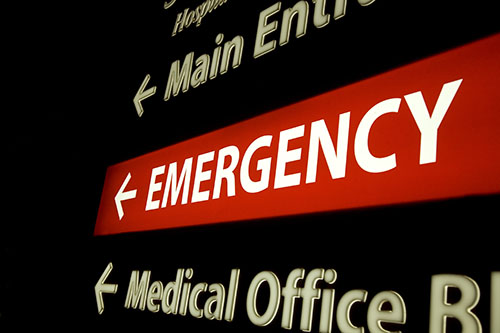Press Release
Embargoed Until: Wednesday, September 6, 2017, 1:00 p.m. ET
Contact: Media Relations
(404) 639-3286
After more than four decades of decline, progress has slowed in preventing stroke deaths, according to the latest Vital Signs report by the Centers for Disease Control and Prevention (CDC). Not only has progress slowed among most demographic groups and states, stroke death rates have increased among Hispanics and people living in the South.
This new report found that the stall in progress is true for 3 out of 4 states across the U.S., not just in the “stroke belt.” While the report does not specifically address the reasons behind the slowdown, other studies point to increased numbers of Americans with risk factors such as high blood pressure, obesity, and diabetes. Stroke is one of the leading causes of death and disability, but it doesn’t have to be. Almost 800,000 people have a stroke each year and more than 140,000 die, even though about 80 percent of strokes are preventable.
“These findings are a wakeup call. We’ve made enormous progress in reducing stroke deaths, but that progress has stalled,” said CDC Director Brenda Fitzgerald, M.D. “We know the majority of strokes are preventable, and we must improve our efforts to reduce America’s stroke burden.”
Key findings from the report:
- After decades of decline, the progress in preventing stroke deaths has slowed.
- Blacks continue to have the highest stroke death rates among all races/ethnicities.
- Stroke death rates increased among Hispanics by 6 percent each year from 2013-2015.
- The decline in stroke death rates slowed in 38 states (about three out of four states and the District of Columbia) from 2000 through 2015.
- The findings emphasize the importance of increasing efforts to reduce stroke deaths by identifying risk factors, geographic trends, and other factors that may be driving the stall.
Improving Care and Reducing Stroke Deaths
High blood pressure is the single most important preventable and treatable risk factor for stroke. Hospitals, doctors, rehabilitation specialists, emergency medical technicians (EMTs), pharmacists, and other health professionals can help address stroke risk factors and improve patient outcomes if a stroke occurs.
Stroke is a medical emergency; therefore, CDC encourages educating people on the importance of recognizing the signs and symptoms of stroke early and calling 9-1-1 quickly. It is also important for people to understand how to reduce their risk for stroke and how to prevent subsequent strokes if they have already had one.
CDC efforts to reduce stroke deaths include working closely with partners on the Million Hearts initiative and the Paul Coverdell National Acute Stroke Program. These national initiatives focus on reducing risk factors and improving stroke care.
Health professionals, state officials, and other partners in the Paul Coverdell National Acute Stroke Program improve collaborations between hospitals, emergency medical services (EMS) agencies, and outpatient providers. They also work directly in communities to educate people on the signs and symptoms of stroke. All of these efforts help save lives and prevent long-term disability from stroke.
Million Hearts, a national initiative co-led by CDC and the Centers for Medicare & Medicaid Services, aims to prevent one million heart attacks and strokes by 2022 by keeping people healthy, optimizing clinical care, and focusing efforts on priority populations. To learn how professionals and practices have controlled the blood pressure of at least 70 percent of their hypertensive patients, visit http://millionhearts.hhs.gov/partners-progress/champions/index.html.
To learn more about heart disease and stroke, visit http://www.cdc.gov/heartdisease and http://www.cdc.gov/stroke. For more information on high blood pressure, visit http://www.cdc.gov/bloodpressure.
About Vital Signs
Vital Signs is a report that appears as part of the CDC’s Morbidity and Mortality Weekly Report. Vital Signs provides the latest data and information on key health indicators: cancer prevention, obesity, tobacco use, motor vehicle passenger safety, prescription drug overdose, HIV/AIDS, alcohol use, health care-associated infections, cardiovascular health, teen pregnancy, food safety, and viral hepatitis.






Leave a Reply